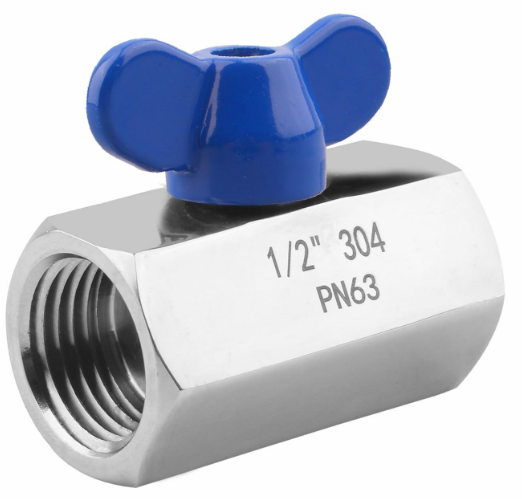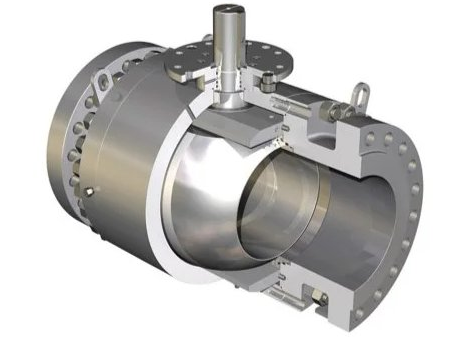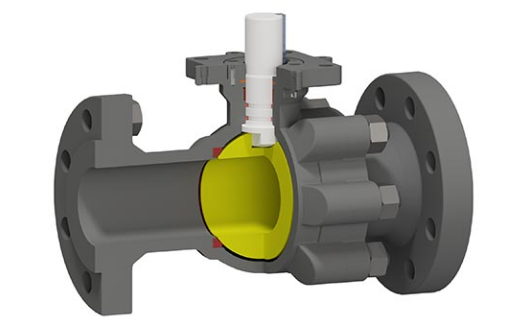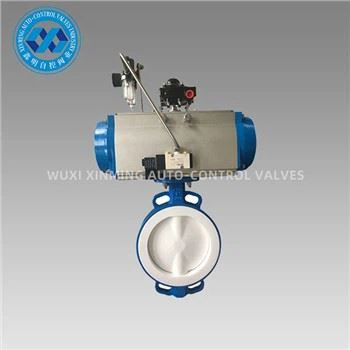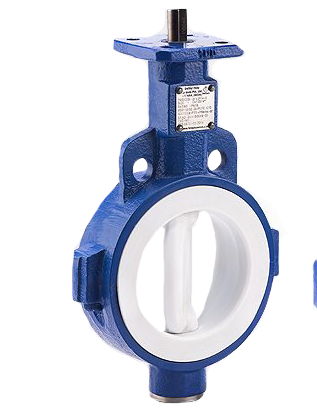In industrial automation, actuators play a crucial role in converting energy into mechanical motion. Two of the most widely used types are pneumatic actuators and electric actuators. Each has distinct advantages and limitations, making them suitable for different applications. This article provides a detailed comparison of these two actuator types based on performance, efficiency, cost, and application suitability.
1. Working Principle
-
Pneumatic Actuator: Uses compressed air to generate motion. When air pressure is applied, it moves a piston or diaphragm, creating linear or rotary motion.
-
Electric Actuator: Converts electrical energy into mechanical motion via an electric motor, often with gears or lead screws for precise control.
2. Key Differences
|
Parameter
|
Pneumatic Actuator
|
Electric Actuator
|
|
Power Source
|
Compressed air
|
Electricity
|
|
Speed
|
Fast response
|
Adjustable, precise
|
|
Force/Torque
|
High force at low cost
|
Moderate, scalable
|
|
Precision
|
Lower precision
|
High precision
|
|
Maintenance
|
Low maintenance
|
Higher maintenance
|
|
Cost
|
Lower initial cost
|
Higher initial cost
|
|
Energy Efficiency
|
Less efficient (air leaks)
|
More efficient
|
|
Environment
|
Explosion-proof (no sparks)
|
Requires protection in hazardous areas
|
3. Advantages & Disadvantages
Pneumatic Actuators
✅ Pros:
-
Simple, robust design
-
High speed and force output
-
Safe in explosive environments
-
Lower upfront cost
❌ Cons:
-
Less precise control
-
Requires air compressor (higher operating cost)
-
Noisy operation
Electric Actuators
✅ Pros:
-
High precision and programmability
-
Energy-efficient
-
Quiet operation
-
No need for air supply
❌ Cons:
-
Higher initial cost
-
More complex maintenance
-
Potential overheating in continuous use
4. Best Applications
-
Pneumatic Actuators: Ideal for high-speed, high-force applications like packaging, clamping, and valve control in oil & gas.
-
Electric Actuators: Best for precision tasks (e.g., robotics, CNC machines, medical devices) where control and repeatability are critical.
5. Future Trends
-
Pneumatic: Improved efficiency with smart valves and IoT monitoring.
-
Electric: Growth in servo-driven actuators with AI-based predictive maintenance.
Conclusion
The choice between pneumatic and electric actuators depends on speed, precision, cost, and environmental factors. Pneumatic systems excel in rugged, high-speed applications, while electric actuators dominate in precision automation.
1. What is the main difference between a pneumatic actuator and an electric actuator?
Answer: The main difference is the power source. Pneumatic actuators use compressed air to create motion, while electric actuators use electric motors to drive mechanical systems that convert electrical energy into motion.
2. Which actuator is more energy-efficient: pneumatic or electric?
Answer: Electric actuators are generally more energy-efficient as they only consume power when in motion. Pneumatic actuators, on the other hand, require a continuous air supply from compressors, leading to higher energy consumption.
3. Which actuator is better for precision control?
Answer: Electric actuators offer higher precision and control, often featuring integrated feedback systems like encoders. Pneumatic actuators are less precise due to the nature of compressed air and are generally used in open-loop systems.
4. What are the typical applications for pneumatic actuators?
Answer: Pneumatic actuators are commonly used in industries requiring high-speed motion and moderate force, such as valve control, material handling, robotics, and packaging machines.
5. What are the typical applications for electric actuators?
Answer: Electric actuators are ideal for applications requiring high precision and controlled motion, such as robotics, HVAC systems, and automated machinery in industries like manufacturing, aerospace, and medical equipment.
6. Do pneumatic actuators require a lot of maintenance?
Answer: Yes, pneumatic actuators require regular maintenance of components like air compressors, hoses, seals, and filters. Over time, wear and tear on seals and valves can cause leaks, reducing efficiency.
7. Are electric actuators more expensive than pneumatic actuators?
Answer: Yes, electric actuators tend to have a higher initial cost compared to pneumatic actuators, especially for high-torque or high-force models. However, they often have lower operating costs due to energy efficiency and reduced maintenance requirements.
8. Can pneumatic actuators work in harsh environments?
Answer: Yes, pneumatic actuators can operate in harsh environments, such as those with extreme temperatures or moisture, because they do not contain electrical components. However, their performance depends on the availability of compressed air and the quality of the air supply.
9. How fast are pneumatic actuators compared to electric actuators?
Answer: Pneumatic actuators are generally faster than electric actuators due to the rapid movement of compressed air. Electric actuators tend to be slower but offer more precise speed control.
10. Which actuator requires more space: pneumatic or electric?
Answer: Pneumatic actuators are typically more compact and lighter, making them ideal for smaller spaces or mobile equipment. Electric actuators are often larger, especially for high-torque applications, and require more space to accommodate motors, gearboxes, and electrical components.
If you want to learn more about low-priced products, please visit the following website: www.xm-valveactuator.com







